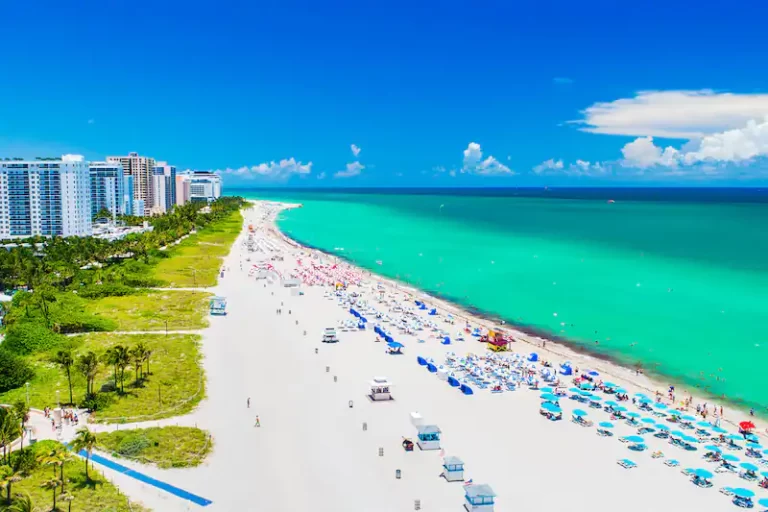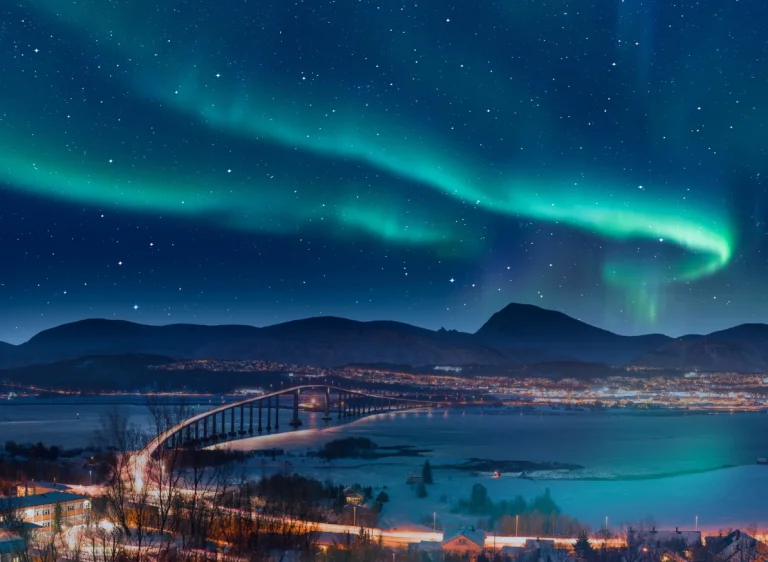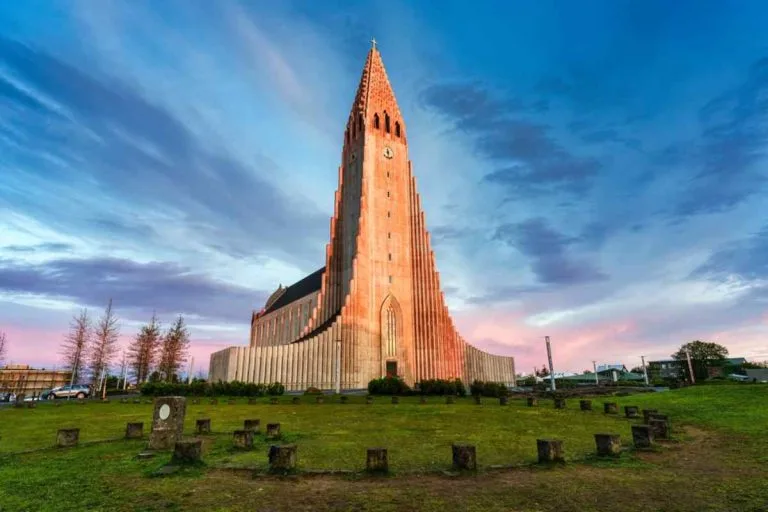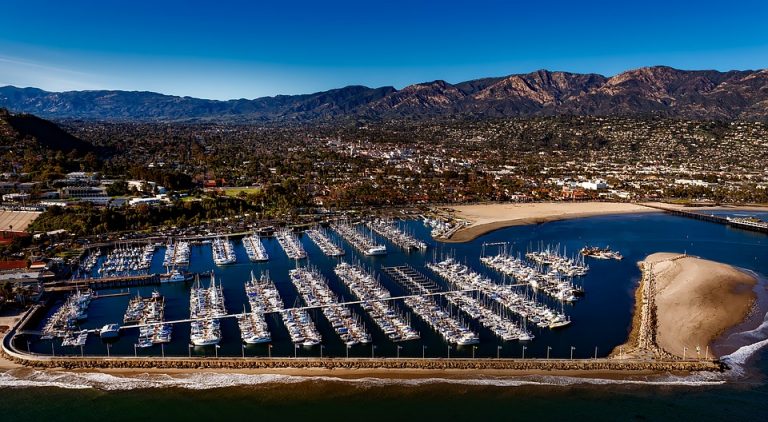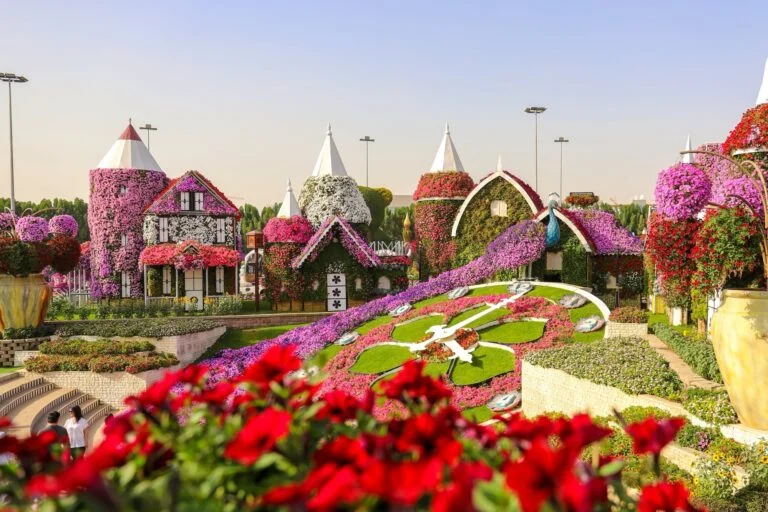Nepal isn’t just a country; it’s an adventure woven into the fabric of the Himalayas. With eight of the world’s fourteen 8,000-meter peaks, ancient trails, and spiritual sanctuaries nestled among snow-draped peaks, Nepal offers something for every kind of trekker. But which treks truly deliver an unforgettable journey for serious adventure seekers? Let’s take a high-altitude look.
Manaslu Circuit Trek: The Untamed Gem of the Himalayas
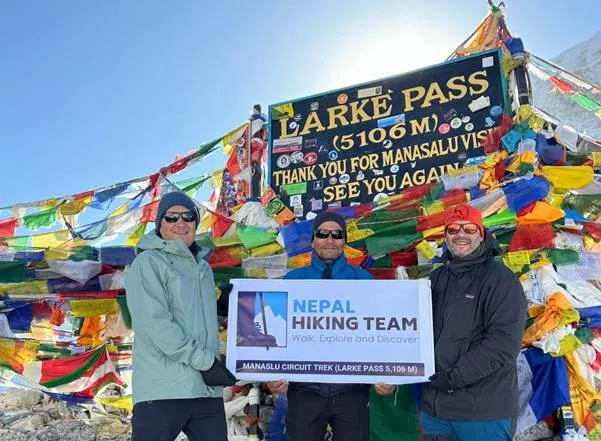
A less-crowded alternative to the Annapurna Circuit, the Manaslu Circuit Trek is for purists. It winds around Mount Manaslu, the world’s eighth-highest peak, and remains one of the most remote treks accessible without mountaineering. The route traverses lush forests, precarious suspension bridges, glacier-fed rivers, and high mountain passes.
Larkya La Pass (5,160m) is the trek’s crowning glory, offering staggering views of Himlung Himal, Cheo Himal, and Kang Guru. The trek begins in Arughat or Machha Khola and gradually climbs through Gurung and Tibetan-influenced villages like Samagaon and Samdo. Here, yaks outnumber people, and ancient monasteries still pulse with prayer chants.
Trekkers need a special permit and must go with a registered guide. This controlled access keeps the trail wild and wonderfully untamed. With limited infrastructure, the tea houses are basic but welcoming. The cultural experience is as rich as the landscape, and solitude here is not a burden—it’s a gift. Ideal for those who want authenticity and aren’t afraid of a little challenge.
- Max Altitude: 5,160 meters (Larkya La Pass)
- Duration: 14–18 days
- Best Season: March-May, September–November
- Permits: Manaslu Restricted Area Permit, MCAP, ACAP
- Difficulty: Demanding
Annapurna Circuit Trek: A Diverse Journey Through Changing Landscapes
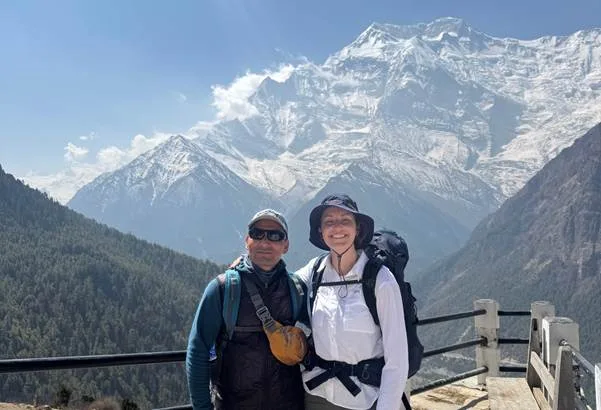
The Annapurna Circuit offers a masterclass in biodiversity, culture, and altitude adventure. Spanning 160 to 230 kilometers depending on the route, the trek encircles the Annapurna Massif and takes you through everything from subtropical forests and terraced farmlands to arid cliffs and alpine tundra. The trail’s high point is the Thorong La Pass at 5,416 meters—a physically demanding yet rewarding crossing.
You’ll experience the contrast between Hindu and Tibetan Buddhist cultures as you pass through villages like Pisang, Manang, and Muktinath. The shift in language, architecture, and prayer flags reflects Nepal’s incredible cultural mosaic. Along the way, trekkers marvel at views of Annapurna I, Dhaulagiri, Machapuchare, and Tilicho Peak. Hot springs in Tatopani and apple orchards in Marpha provide unexpected comforts.
Due to improved road access in parts of the circuit, many now choose a shortened version by flying to Jomsom or driving sections. Still, the full trek remains one of the most rewarding long-distance routes globally. It’s perfect for those who want the richness of Everest-level adventure without the altitude extremes. Simply put: this trek changes you.
- Max Altitude: 5,416 meters (Thorong La Pass)
- Duration: 15–20 days
- Best Season: March-May, September–November
- Permits: Annapurna Conservation Area Permit (ACAP) and TIMS Card
- Difficulty: Moderate to tough
Everest Base Camp Trek: The Classic Pilgrimage to the Roof of the World
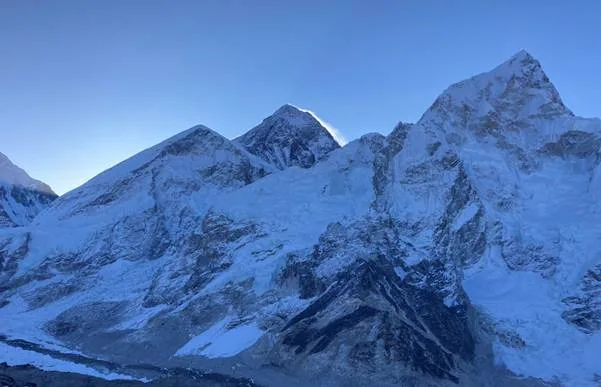
This trek is synonymous with high adventure. The Everest Base Camp Trek leads you through the heart of the Khumbu region, home to Sherpa culture and the towering giants of the Himalayas. Starting with a thrilling flight to Lukla, the journey takes you through iconic villages like Namche Bazaar, the spiritual hub of Tengboche, and high-altitude settlements such as Lobuche and Gorakshep. The trek’s climax, Kala Patthar (5,545m), offers the best ground-level view of Mount Everest.
What makes this trek truly unforgettable isn’t just the landscape—it’s the human stories etched into the trail. You’ll meet climbers preparing for the summit, hear tales of Sherpa heroism, and feel the pulse of a mountain culture that thrives in extremes. The challenge of thin air and high altitude is real, but with proper acclimatization and preparation, most trekkers complete the route safely. Expect cold nights, dazzling starlit skies, and moments where silence speaks louder than words. For many, this trek is not just a journey—it’s a personal transformation.
- Max Altitude: 5,545 meters (Kala Patthar)
- Duration: 12–14 days
- Best Season: March-May, September–November
- Permits: Sagarmatha National Park and TIMS Card
- Difficulty: Moderate to challenging
Upper Mustang Trek: Journey into the Forbidden Kingdom
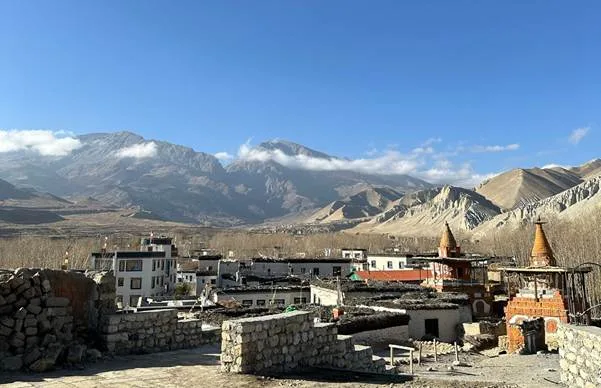
Upper Mustang is unlike any other trek in Nepal. Lying in the rain shadow of the Annapurna and Dhaulagiri ranges, it’s a high-altitude desert that mirrors the landscapes of Tibet. Once a restricted kingdom, Mustang was opened to trekkers only in 1992, and much of its medieval charm remains intact.
The trek typically begins in Jomsom after a short flight from Pokhara, passing through windswept plateaus, eroded canyons, and ancient caves. Lo Manthang, the walled capital, is a cultural highlight with centuries-old monasteries, royal palaces, and whitewashed houses. The architecture, language, and rituals here feel more Tibetan than Nepali.
The relatively moderate altitude (max 3,810m) makes it accessible to many, but the dry air and strong winds add their own challenges. You’ll need a special permit, and guided treks are mandatory. Mustang is best visited in summer (May–October), when the rest of Nepal is soaked by the monsoon. For cultural immersion and jaw-dropping vistas, it’s an explorer’s dream.
- Max Altitude: 3,810 meters (Lo Manthang)
- Duration: 12–15 days
- Best Season: May–October
- Permits: Upper Mustang Restricted Permit, ACAP
- Difficulty: Moderate
Kanchenjunga Base Camp Trek: The Remote Wilderness Adventure

Kanchenjunga Base Camp Trek is for seasoned adventurers who crave isolation and raw nature. Located in far-eastern Nepal, this trek takes you to the base of the world’s third-highest mountain. The trail is long, demanding, and logistically challenging, but that’s precisely what makes it exceptional.
Split into two routes—North Base Camp (Pangpema) and South Base Camp (Oktang)—most trekkers attempt the North route. Expect to spend over three weeks in the wilderness, passing through rhododendron forests, alpine meadows, and glacial valleys. Villages like Ghunsa and Kambachen provide a rare glimpse into life in remote Himalayan communities.
Because of its remoteness, the region sees fewer than 1,000 trekkers annually. You’ll need restricted area permits and must travel with a guide. This trek is more of an expedition than a hike. It’s also one of the best places in Nepal to spot wildlife like red pandas and blue sheep.
For those who want a real off-the-grid adventure and the bragging rights to match, Kanchenjunga delivers in full. It’s the trek that reminds you how vast, wild, and humbling the Himalayas truly are.
- Max Altitude: 5,143 meters (Pangpema)
- Duration: 20–25 days
- Best Season: March–May, October–November
- Permits: Kanchenjunga Restricted Area Permit, KCAP
- Difficulty: Very difficult
Conclusion
Each of these treks offers a different face of Nepal’s legendary terrain—whether it’s the iconic views of Everest, the vast cultural landscapes of Mustang, or the pristine wilds of Kanchenjunga. They’re not just trails; they’re stories waiting to be lived, emotional arcs carved into the mountains.
So which path will you take? The spiritual pilgrimage to Everest, the cultural loop around Annapurna, the raw, silent grace of Manaslu, the mythic desert of Mustang, or the distant wilds of Kanchenjunga? Whatever your choice, one truth remains: trekking in Nepal isn’t just a challenge—it’s an awakening.
Lace your boots. Adventure calls.


